A basic rule of quantum physics is that knowing too much about an experiment will break quantum interference, but now physicists have discovered a way to bend that rule.
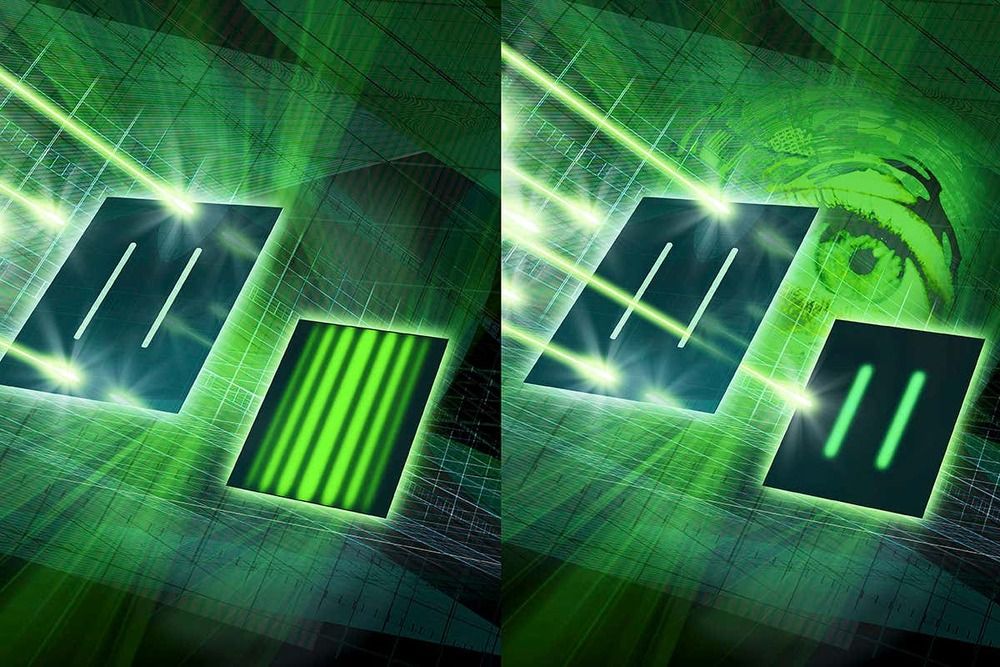

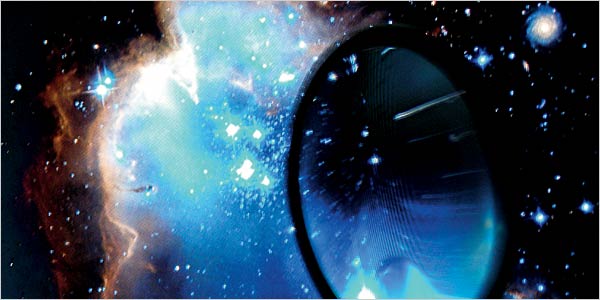
“The discovery of dark energy has greatly changed how we think about the laws of nature,” said Edward Witten, creator of string theory and one of the world’s leading theoretical physicist at the Institute for Advanced Study in Princeton, N.J. who has been compared to Newton and Einstein.
One of the great known unknowns of the universe is the nature of dark energy, a force field making the universe expand faster. Current theories range from end-of-the universe scenarios to dark energy as the manifestation of advanced alien life.
A new, controversial theory suggests that this dark energy might be getting stronger and denser, leading to a future in which atoms are torn asunder and time ends.

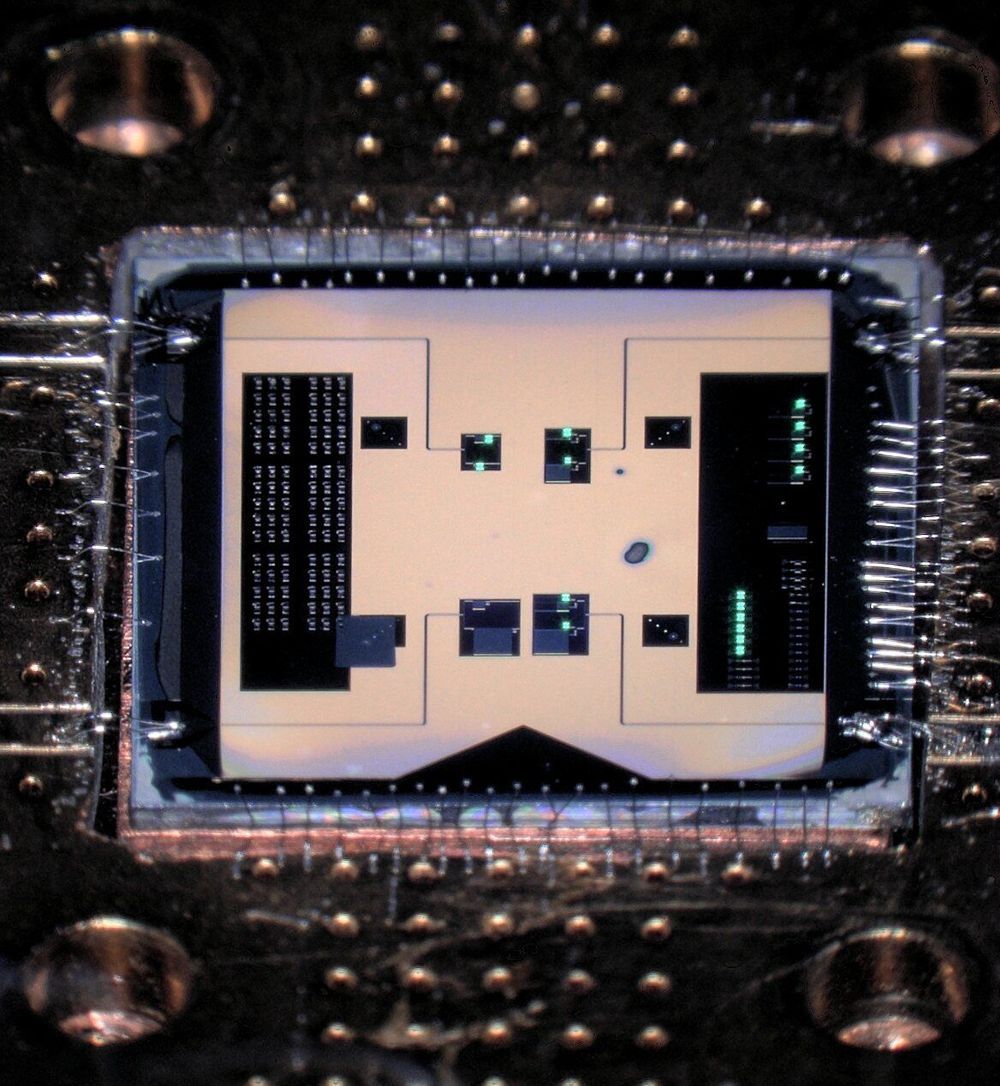
Circa 2019
Researchers at Delft University of Technology have created a quantum circuit to listen to the weakest radio signal allowed by quantum mechanics. This new quantum circuit opens the door to possible future applications in areas such as radio astronomy and medicine (MRI). It also enables experiments to shed light on the interplay between quantum mechanics and gravity. The results have been published in Science.
The usual solution to a weak radio signal is to find a bigger signal, for instance, by picking a different radio station or by moving to the other side of the room. However, m what if we could just listen more carefully?
Weak radio signals are not just a challenge for people trying to find their favourite radio station, but also for magnetic resonance imaging (MRI) scanners at hospitals, as well as for the telescopes scientists use to peer into space. In a quantum leap in radio frequency detection, researchers in the group of Prof. Gary Steele in Delft demonstrated the detection of photons or quanta of energy, the weakest signals allowed by the theory of quantum mechanics.

Newly created artificial atoms on a silicon chip could become the new basis for quantum computing.
Engineers in Australia have found a way to make these artificial atoms more stable, which in turn could produce more consistent quantum bits, or qubits — the basic units of information in a quantum system.
The research builds on previous work by the team, wherein they produced the very first qubits on a silicon chip, which could process information with over 99 percent accuracy. Now, they have found a way to minimise the error rate caused by imperfections in the silicon.

To address the challenge, some startups are making chips focused on specific software tasks. Others are pushing further, finding processing and storage solutions in new materials, including synthetic DNA.
Quantum computing is the best-known of these new methods. Startups as well as tech giants including Alphabet Inc.’s Google and International Business Machines Corp. are developing quantum computers, which harness the properties of quantum physics to sort through a vast number of possibilities in nearly real time. The advent of quantum computing has paved the way for other experimental techniques, startup executives say.
The market for new computing technology comes as advancements in traditional chip making are hitting a physical limit under Moore’s Law, the idea that every two years or so, the number of transistors in a chip doubles.
At the same time, advances in artificial intelligence, easier access to huge troves of data and the continuing digitization of business processes are putting new demands on corporate and scientific computing.
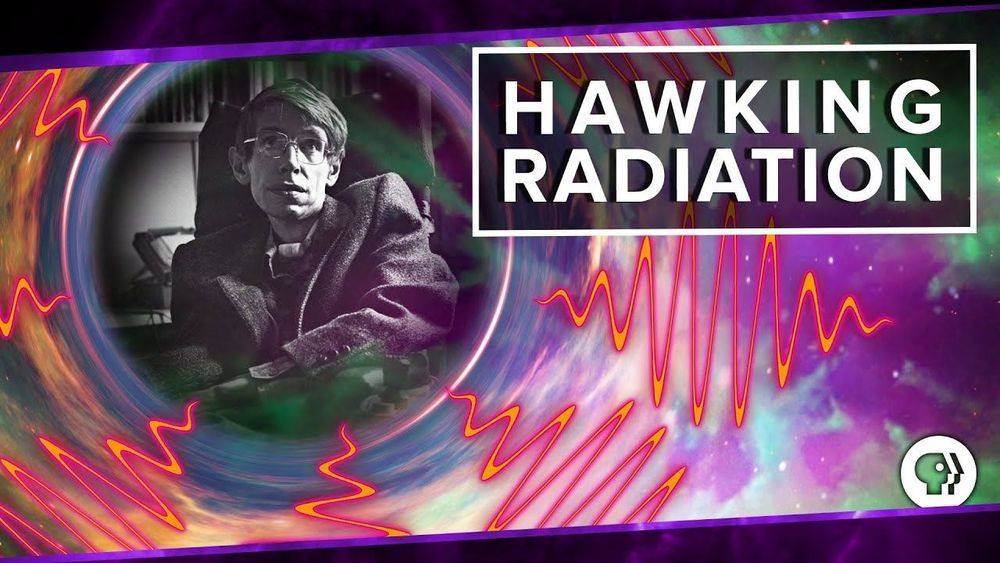
O.o!
The epic collision between two neutron stars in 2017 really is the science gift that keeps on giving. As they merged, gravitational waves rippled out across the Universe; now reverberations from that event could confirm a decades-old hypothesis about black holes.
Astronomers poring over the gravitational wave data believe they have found evidence of echoes — something that would only occur in the presence of the ‘quantum fuzz’ produced by Hawking radiation.
“According to Einstein’s theory of general relativity, nothing can escape from the gravity of a black hole once it has passed a point of no return, known as the event horizon,” said astronomer and physicist Niayesh Afshordi of the University of Waterloo in Canada.
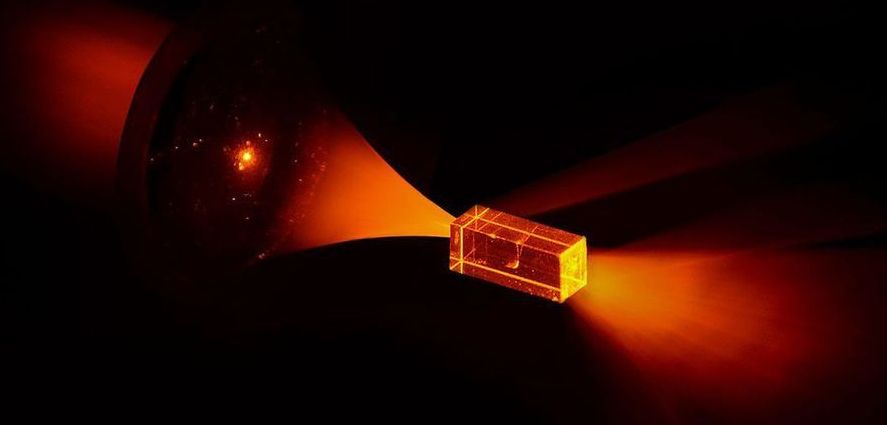
O.o circa 2015.
Researchers from the Australian National University (ANU) and the University of Otago in New Zealand have created a prototype quantum hard drive that may fundamentally alter the realm of secure, long-distance data encryption. Using atoms of the rare-earth element europium embedded in yttrium orthosilicate (YSO) crystals, the scientists have shattered previous records for quantum information retention by creating a storage device capable of holding quantum state information for up to six hours at a time.
Quantum data encryption already offers the promise of intrinsically secure electronic data interchange over relatively short distances (up to around 100 km (62 mi) or so). However, this latest research may help enable a worldwide quantum-encrypted communications network by providing unprecedented storage capabilities and effectively negating the instability problems inherent in currently available technology.
“We believe it will soon be possible to distribute quantum information between any two points on the globe,” said Manjin Zhong, a researcher on the project from the ANU’s Research School of Physics and Engineering (RSPE). “Quantum states are very fragile and normally collapse in milliseconds. Our long storage times have the potential to revolutionize the transmission of quantum information.”


Researchers at Tel Aviv University have for the first time demonstrated the backflow of optical light propagating forward. The phenomenon, theorized more than 50 years ago by quantum physicists, has never before been demonstrated successfully in any experiment—until now.
“This ‘backflow’ phenomenon is quite delicate and requires exquisite control over the state of a particle, so its demonstration was hindered for half a century,” explains Dr. Alon Bahabad of the Department of Physical Electronics at TAU’s School of Electrical Engineering, who led the research for the study.
“This phenomenon reveals an unintuitive behavior of a system comprised of waves, whether it’s a particle in quantum mechanics or a beam of light. Our demonstration could help scientists probe the atmosphere by emitting a laser beam and inducing a signal propagating backward toward the laser source from a given point in front of the laser source. It’s also relevant for cases in which fine control of light fields is required in small volumes, such as optical microscopy, sensing and optical tweezers for moving small particles,” Dr. Bahabad says.